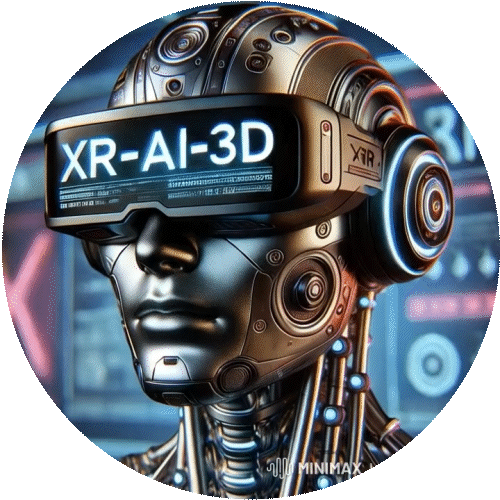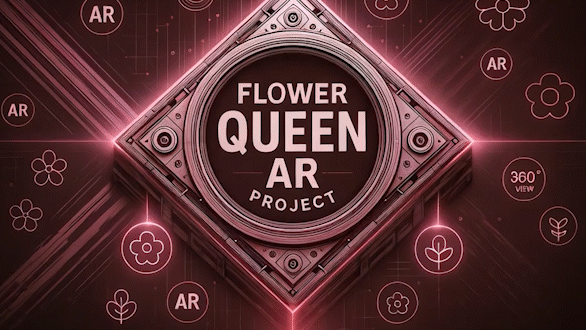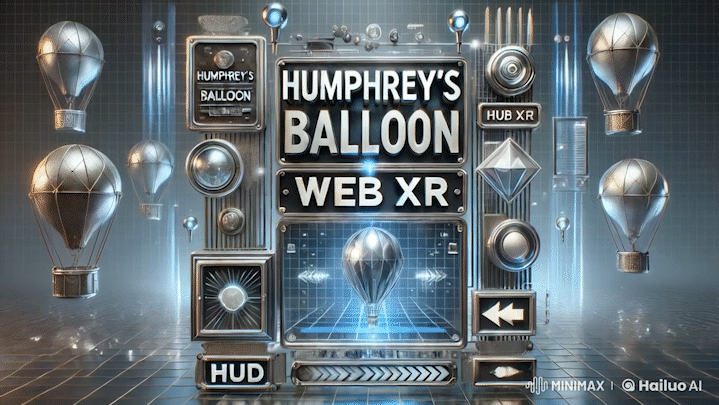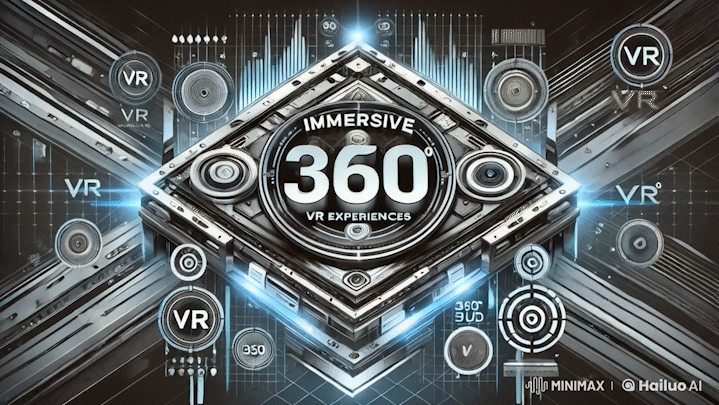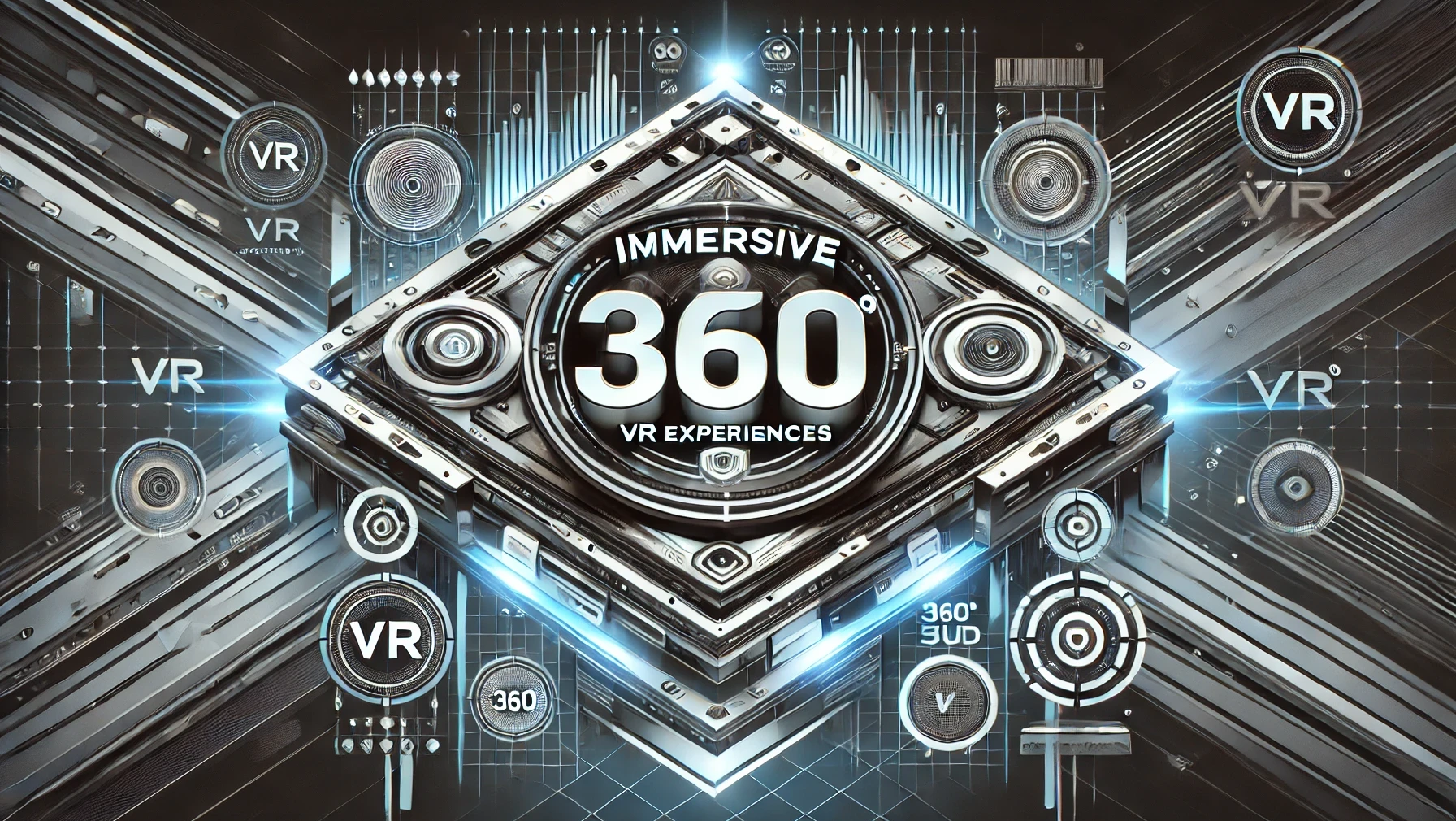Project Overview
Sportworks Football Toss is an immersive and fast-paced VR game created for the OSBA 2024 event to promote Sportworks Design. Developed for the Meta Quest 2, this interactive experience engages players by challenging them to throw footballs through dynamic targets to score points within a 60-second countdown. The game was designed to reinforce the Sportworks brand while showcasing the innovative potential of VR technology. The project features a carnival-inspired aesthetic with accessible gameplay mechanics, making it easy and enjoyable for all players.
As the lead developer, I was responsible for all aspects of the game’s creation, from gameplay design to 3D modeling, animation, and sound integration. Using AI tools and the Unity VR Interaction Framework (VRIF), I brought together cutting-edge technologies and creative design to deliver a polished and engaging VR experience.
Key Features
• Interactive Gameplay:
• Players toss footballs through three moving targets with increasing difficulty: 10, 25, and 50 points.
• Dynamic visual and sound effects trigger for successful hits.
• Targets modeled to reflect Sportworks branding.
• Environment and Design:
• Full-sized football field with vibrant, carnival-inspired visuals.
• 3D characters modeled after Sportworks staff cheer the player on.
• Audio and Visual Enhancements:
• Custom AI-generated theme song and sound effects.
• Light instructional animations to guide players.
• Optimization for Meta Quest 2:
• Reduced polygon count to under 100,000.
• Textures optimized to 512 x 512 resolution for standalone VR.
Design and Development Process
Football Design and Physics
• Model Selection:
• Used a free Sketchfab model for the football, chosen for its high-quality proportions and texture compatibility with the game's aesthetic.
• Imported the model into Unity and integrated it into the gameplay environment.
• Physics Implementation:
• Leveraged VRIF's object system to handle the football’s interaction and throwing mechanics.
• Adjusted settings for gravity and drag within VRIF to create a natural and responsive throwing experience, tailored for Meta Quest 2 controllers.
• Optimization:
• Ensured the football asset was lightweight by verifying its polygon count and texture resolution to meet the performance requirements of standalone VR.
Target and Obstacle Design
• Created static targets in Blender and imported them into Unity.
• Designed visual effects, such as sparks and explosions, to highlight successful hits.
• Implemented progressive difficulty levels with increasing target distance.
Field and Environment
• Found a vibrant football field in Daz3D and used AI-generated textures for branding elements.
• Optimized lighting and materials to maintain performance on Quest 2.
Target and Obstacle Design
• Created an interactive tutorial scene with step-by-step guidance.
• Designed an outro screen to display the player’s score.
Optimization
• Obstacle Refinement:
• Reduced polygon counts and combined static meshes using Unity’s tools.
• Decreased draw calls by 50%, improving GPU efficiency.
• Stadium Asset Replacement:
• Identified performance bottlenecks in the original Daz3D stadium model.
• Replaced it with a low-poly stadium asset, reducing scene complexity by 90% but had to compromise photorealistic stadium visuals
• Unity Plugins for Optimization:
• Implemented GPU Instancer to batch draw calls for crowd and environment assets.
• Transitioned to the Universal Render Pipeline (URP) for lightweight rendering suitable for Quest 2 hardware.
• Used Texture Packer to consolidate materials, reducing texture memory usage by 25%.
These efforts ensured stable 72 FPS performance on Meta Quest 2, making the game immersive and comfortable for players during extended gameplay.
User Feedback and Results
• The game attracted over 50 players during the event, significantly boosting booth engagement.
• Players praised the intuitive controls and interactive mechanics, particularly the cheering characters and dynamic targets.
• Feedback led to further refinement of throwing mechanics for better accessibility.
Key Takeaways
• Learned how to balance visual fidelity and performance for standalone VR hardware.
• Gained valuable experience optimizing textures and reducing draw calls for the Meta Quest 2.
• Developed a reusable workflow for future VR projects, integrating AI tools and Unity VR Interaction Framework.
